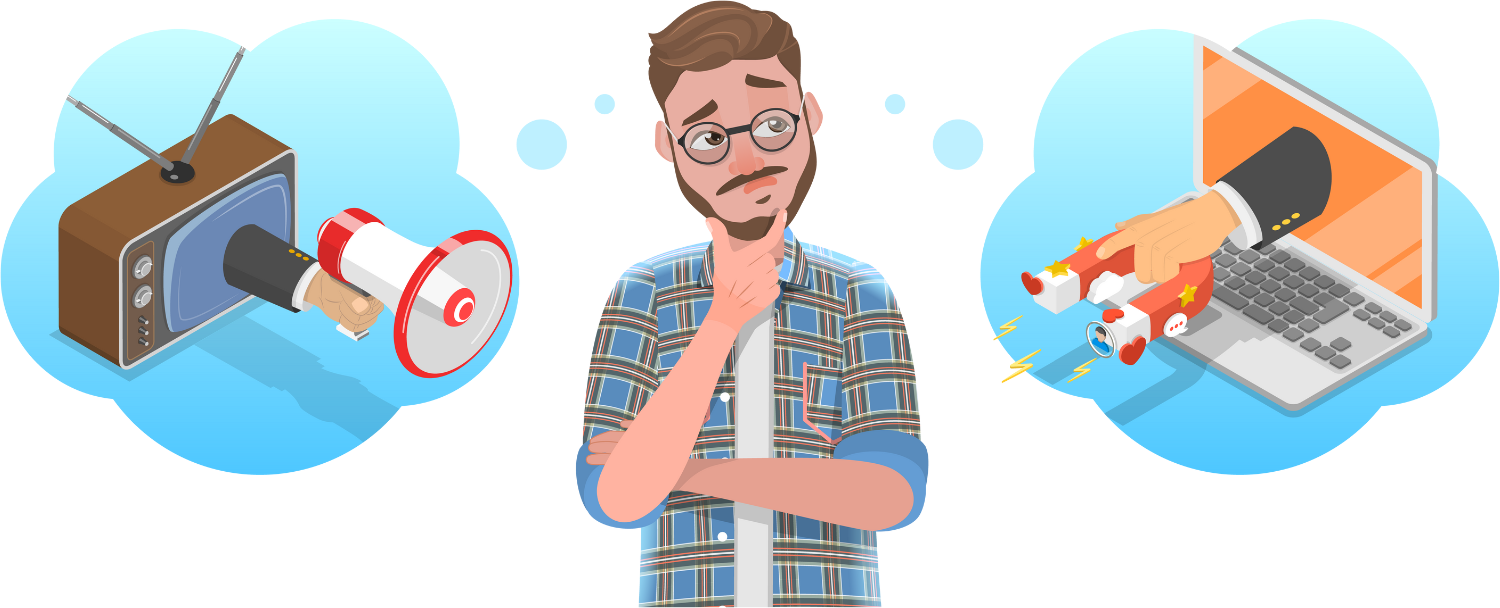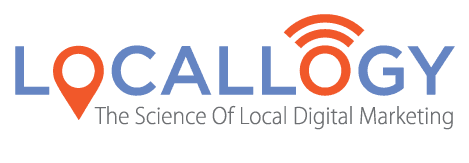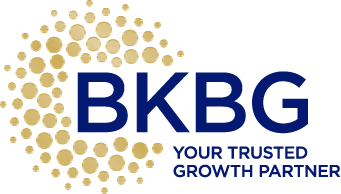Understanding Inbound Marketing
Inbound marketing strategies attract customers by creating brand awareness and drawing in customers to your business with content and experiences. Inbound marketing presents information and allows customers to interact with it on their own terms. With this marketing method, the customer seeks out your services and finds you when they need you. It’s about sharing useful information in a way that helps consumers, thereby paving the way for a visit to your store or a purchase on your website.
Inbound marketing is naturally the opposite of outbound marketing, which consists of pushing your brand out to an audience. This type of marketing does not consider whether the customer needs your services or not, the goal is simply to promote your business. Outbound marketing is sometimes called interruption marketing, because the business initiates the interaction, not the customer. This contrasts with inbound marketing, which is typically more subtle.
Marketers often explain it this way: Outbound marketing is like a megaphone; inbound marketing is like a magnet.

Why Does it Matter?
In the past, outbound marketing was the norm. In fact, for much of history, outbound marketing was really the only way you could market your brand and services. But with the advent of the internet and the monumental changes it caused in consumer behavior, new marketing tactics—namely, inbound marketing—began to emerge.
Consumers are not the same as they once were. The internet has given us the ability to research, learn, and be very selective about how and where we spend our money. Many purchases now begin with a simple online search. Instead of in-your-face ads about any and everything, consumers want to seek out the information they need and interact with that information on their own terms.
Because of this change in consumer behavior, outbound marketing is not as effective as it once was. The non- intrusive nature of inbound marketing has taken over in the digital age.
What Are the Benefits of Inbound Marketing?
It Builds Trust in Your Business
Remember inbound marketing is about sharing and networking. Providing your customers with useful information through blogs, e-books, or other content, goes a long way to build trust in your brand. When customers know they can count on you as an authentic, valuable resource, they’re much more likely to patronize your business and encourage others to do the same.
It Creates Brand Loyalty
If building trust in your business is Part 1, then creating brand loyalty is Part 2. Again, the important thing is making a real connection with your customers. When the connection happens, it automatically plants a seed of trust. Then it’s up to you to nurture that trust and foster a sense of loyalty. You can do this by consistently providing quality content and information, respecting your customers’ communication preferences (i.e. not sending anything unsolicited or spammy,) and sending a consistent brand message. Just like building trust, creating a sense of brand loyalty encourages customers to utilize your services and tell others about them.
It's Cost Effective (and Usually Inexpensive)
For the most part, inbound marketing makes really good financial sense. Regularly posting on a blog, keeping up a steady social media presence, and hosting webinars are all excellent methods of inbound marketing – and they’re all incredibly cheap. Not only is inbound marketing largely inexpensive, the return on investment is generally much higher than any outbound marketing techniques.
On the other side of this, outbound marketing is traditionally rather expensive, results are hard to track, and the ROI’s are often low.
It's Easy to Measure
By its very nature, inbound marketing is easy to measure and track. Because it’s largely done online or in some other electronic format, measuring hits and traffic is simple and can often be done in real-time. Easy tracking means it’s also easy to monitor your results, check your ROI, and quickly pivot when a tactic isn’t working.
How Can I Get Started with Inbound Marketing?
You don’t need a degree in Marketing or a huge marketing budget to get started with this. Begin with the more common aspects of inbound marketing, like blogging. If you already have a blog, be sure it’s up to date and you’re consistently adding new, valuable, content. Share your blog posts around the internet in relevant forums, industry websites, and on your social media feed.
Speaking of social media, it’s another easy way to get going with inbound marketing. Set up social accounts for your business and stay active on them. Interact with your followers and get your brand out there. It’s that simple.
Once you begin to see traffic and interaction with your blog and social media outlets, you might move into email marketing. Invite your blog visitors and social media followers to sign up for your mailing list. Share upcoming events, interesting articles, or special promotions with them.
As your social media following, blog, and mailing list begins to grow, you’ll find moving into other area of inbound marketing will be a natural transition.
Looking for inbound marketing idea for your local business? We’d love to help! At
Locallogy, we’re local digital marketing experts and we can’t wait to share our knowledge with you.
Get the Latest Content in Your Inbox
Want to be the first to know about new content? Sign up to get our weekly blog posts sent to your email!






